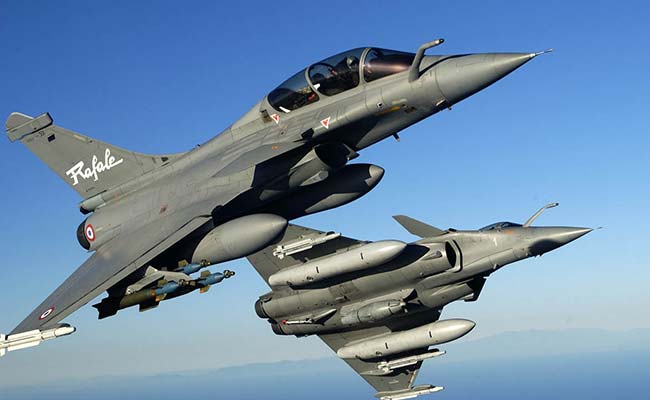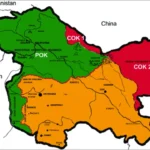In a significant move to enhance its naval power, India has signed a ₹63,000 crore agreement with France for the purchase of 26 Rafale-M fighter jets, highlighting a major milestone in the defense relationship between the two countries. The formal agreement, signed on April 28, 2025, will see India strengthening the aerial capabilities of its aircraft carriers, INS Vikrant and INS Vikramaditya.
The purchase includes 22 single-seat Rafale Marine jets and four twin-seat trainer aircraft from Dassault Aviation, the French aerospace giant. The Rafale-M, specifically adapted for naval operations, will replace India’s aging fleet of Russian MiG-29K fighters and is expected to significantly enhance the Indian Navy’s operational readiness.
According to officials, the contract not only covers the aircraft but also includes comprehensive weapon packages, crew training, maintenance simulators, and a performance-based logistics (PBL) support system for five years. Deliveries are slated to commence within 37 months of contract signing and are expected to be completed by 2031.
The decision to procure the Rafale-M came after a thorough evaluation of two contenders — the Rafale-M and Boeing’s F/A-18 Super Hornet. Naval experts concluded that the French jet, already proven in combat and carrier operations, was more compatible with Indian aircraft carrier designs, particularly the ski-jump take-off method used by Indian carriers.
A major advantage of opting for Rafale-M is the logistics and maintenance synergy it offers with the Indian Air Force’s existing fleet of 36 Rafale fighter jets. This commonality is expected to simplify training and reduce operational costs in the long term.
The Rafale-M is recognized globally for its advanced capabilities. It is equipped with cutting-edge avionics, electronic warfare systems, air-to-air and air-to-surface missiles, and precision-guided bombs. Its reinforced airframe and landing gear are tailored for the rigors of carrier-based operations, enabling it to take off from and land on aircraft carriers without the need for catapult systems.
Strategically, the new fleet will significantly strengthen India’s maritime security posture in the Indian Ocean Region (IOR), especially at a time of increasing competition and assertiveness from China. With enhanced air superiority and strike capabilities, India aims to ensure a greater naval presence and deterrence across critical sea lanes.
The ₹63,000 crore deal also reflects India’s broader defense modernization efforts, as the country seeks to reduce its dependence on Russian-origin military hardware and diversify its defense procurement. While India remains committed to its ‘Atmanirbhar Bharat’ (self-reliant India) initiative for boosting indigenous defense production, experts note that selective foreign acquisitions like the Rafale-M are necessary to fill critical operational gaps.
French President Emmanuel Macron and Indian Prime Minister Narendra Modi have both emphasized the deepening of strategic ties, with defense cooperation forming a cornerstone of the partnership. This latest deal is expected to further cement France’s position as one of India’s closest defense allies.
Meanwhile, discussions are also underway regarding possible technology transfer and future collaboration on naval aviation projects between Indian companies and French defense firms. Industry insiders believe that such collaborations could pave the way for future indigenous development of advanced naval fighter jets in India.
In conclusion, the ₹63,000 crore Rafale-M deal not only addresses India’s immediate military needs but also marks a long-term investment in building a stronger, more capable navy — critical for safeguarding national interests in an increasingly volatile maritime environment.





